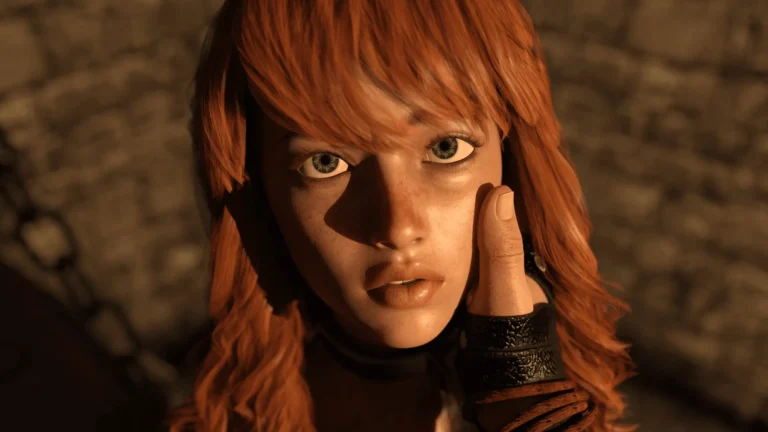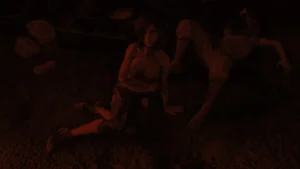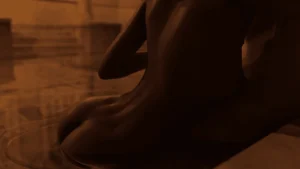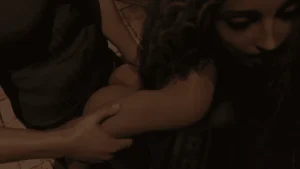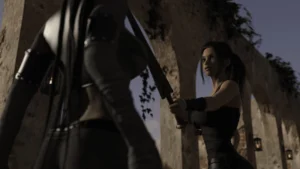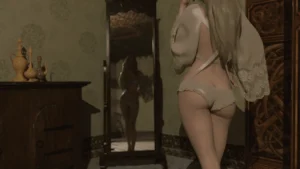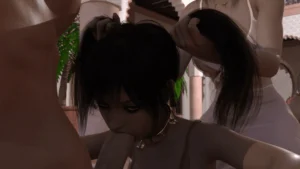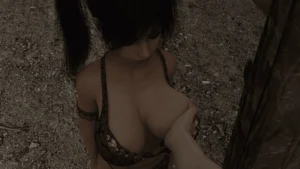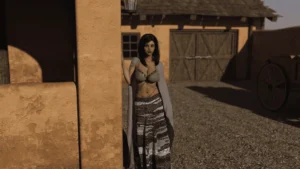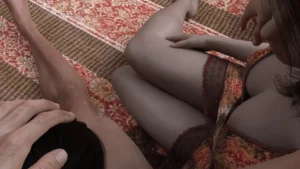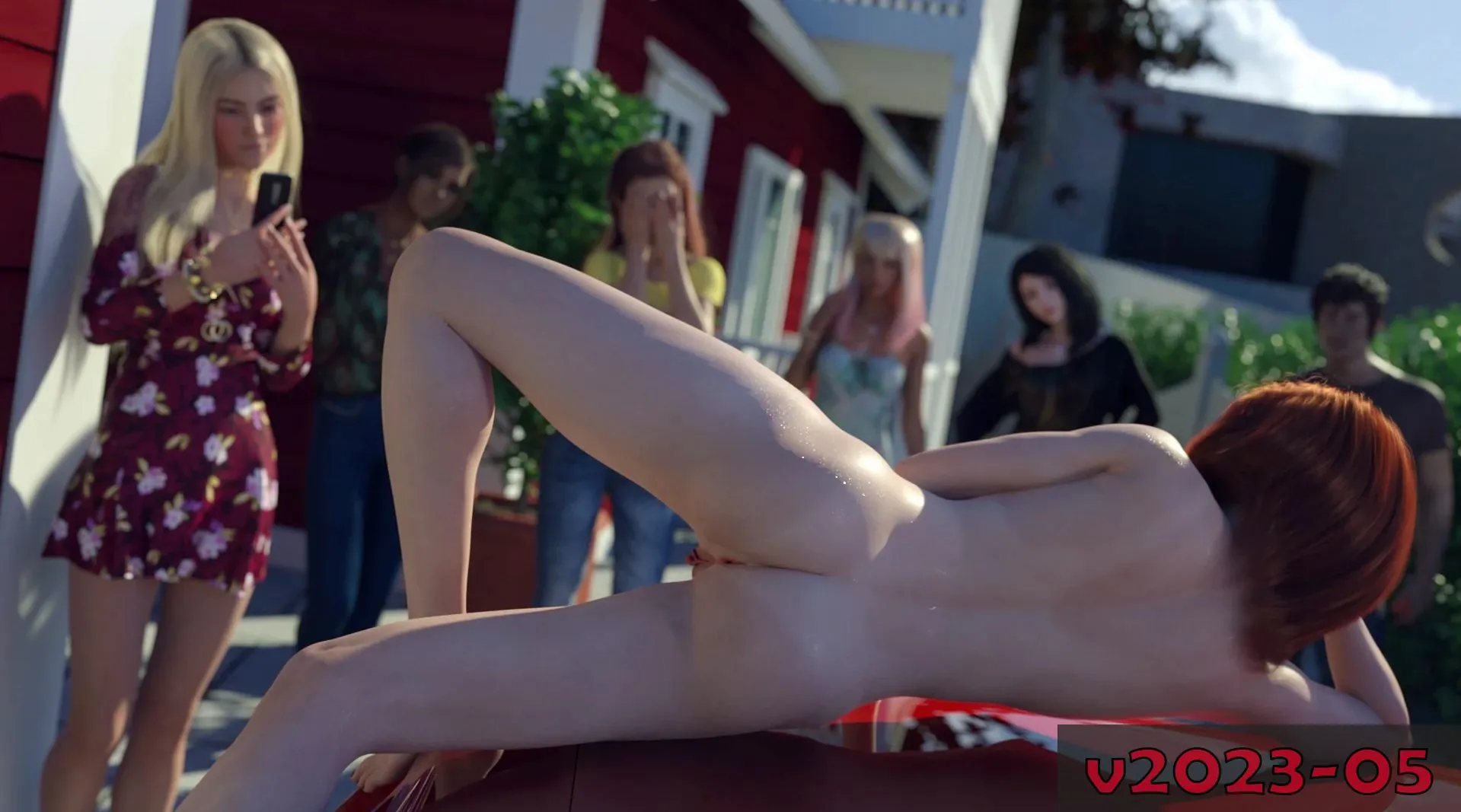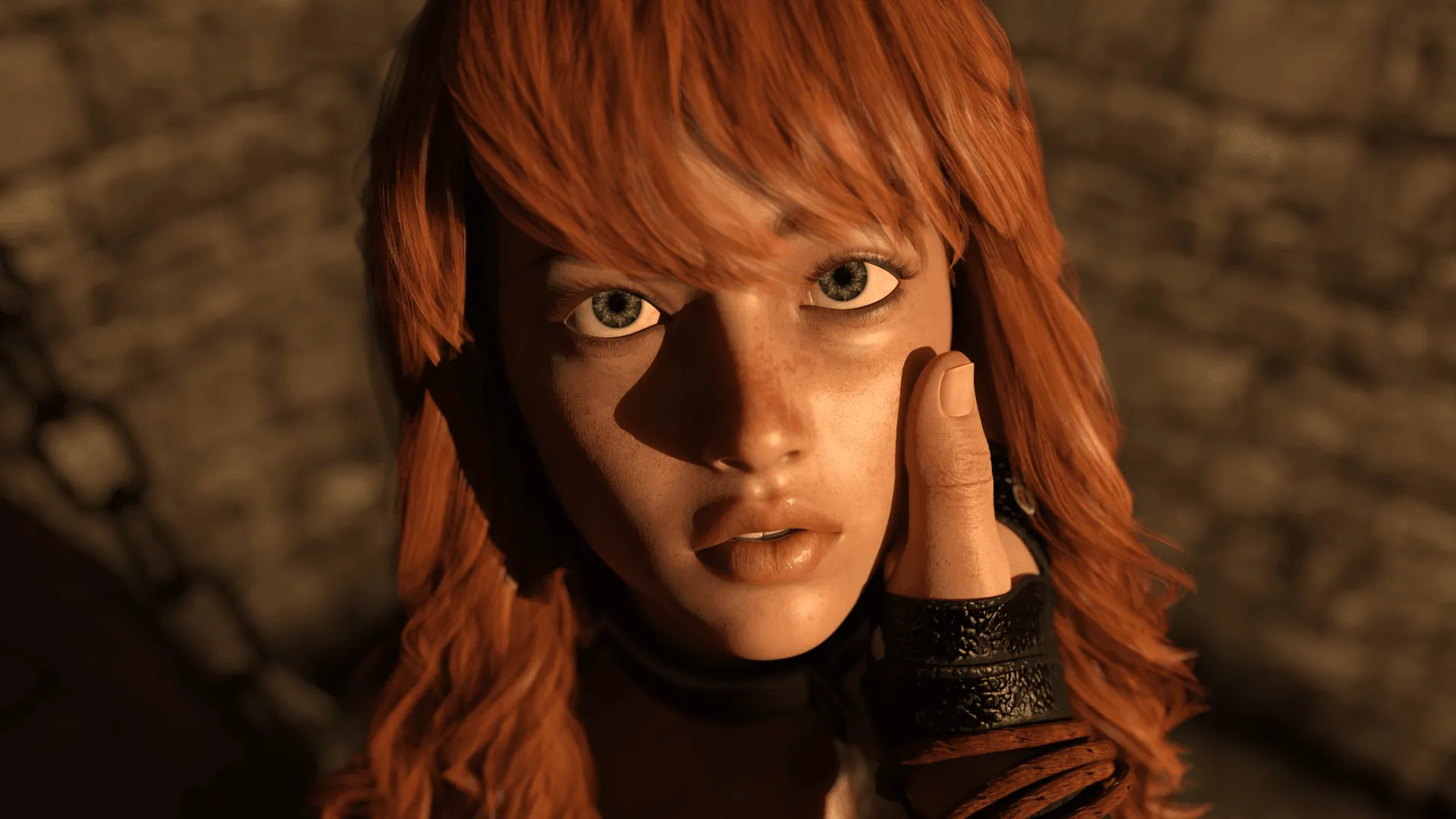
Desert Stalker
Play Desert Stalker
Desert Stalker review
Explore the immersive world, characters, and adult content in this post-apocalyptic visual novel
Desert Stalker is a post-apocalyptic visual novel that blends adventure, horror, and mature themes into a unique interactive experience. As the protagonist, you navigate a harsh world, make impactful decisions, and build relationships with a diverse cast of characters. The game stands out for its polished visuals, branching storylines, and the freedom to shape your character’s morality. Whether you’re drawn by the atmospheric setting, the depth of choice, or the adult-oriented scenes, Desert Stalker offers a memorable journey through a desolate landscape where every decision matters.
Desert Stalker Story and Setting
What is the World of Desert Stalker Like? ☀️🏜️
Step into a world where the sun is a relentless enemy and the sand hides both secrets and skeletons. The post-apocalyptic setting of Desert Stalker isn’t just a backdrop; it’s a character in its own right. You’re not just playing a game; you’re surviving in a beautifully rendered wasteland that feels both terrifying and strangely alive. The atmosphere is thick with desperation and the quiet hope of those clinging to life. From the moment you start, you can almost feel the gritty sand between your teeth and the oppressive heat on your skin. It’s a world that has ended, but life, in all its messy, brutal, and sometimes tender forms, stubbornly persists.
This is a land of contrasts. The majestic, crumbling ruins of the Old World stand beside the makeshift, practical structures of the new one. The settlement of Zeta acts as a fragile bastion of civilization, a place where order is maintained through grit and determination. But venture beyond its walls, and you’re in the true desert—a lawless expanse filled with raiders, strange creatures, and the ever-present threat of starvation and thirst. The Desert Stalker story is deeply rooted in this environment; your every decision is filtered through the lens of survival. Do you share your scarce water with a stranger, or hoard it for your own family? The world doesn’t give you easy answers, and that’s what makes it so compelling.
Who Are the Main Characters? 👨👩👧👦
At the heart of this gripping Desert Stalker story are its people. They are not just archetypes; they feel like real individuals shaped by the harsh world they inhabit. You play as the Stalker, a title earned through skill and survival. But this isn’t just a lone wolf narrative. What makes this character so engaging is that he is, first and foremost, a family man. He’s a citizen of Zeta, a provider, and a protector. This core identity is your anchor, influencing every interaction and every player choice you make. You’re not just fighting for yourself; you’re building a future for your wife and daughter, and that personal stake elevates the entire experience.
The supporting cast is equally well-drawn, each with their own motivations, flaws, and connections to you. Your relationships with them are the engine of the branching narrative, changing and evolving based on your actions.
| Character | Role & Relationship |
|---|---|
| The Stalker (You) | A skilled survivor and family man from Zeta, trying to balance providing for his family with the moral complexities of the wasteland. |
| Your Wife | Your emotional anchor in Zeta. Her safety and happiness are a primary motivator, and your choices directly impact your home life. |
| Your Daughter | Represents innocence and the hope for a better future. Protecting her is a core driver of the narrative. |
| Other Key Figures (e.g., Raiders, Settlers, Leaders) | These characters populate the world with their own agendas. Helping or hindering them opens up different paths and consequences in the story. |
These main characters are the soul of the game. Your interactions with them are filled with a genuine emotional depth that you don’t always find in the genre. A simple conversation with your daughter about a found trinket can be as impactful as a tense standoff with raiders, because the game makes you care about the world you’re trying to protect.
How Does the Narrative Unfold? 🧭
The magic of the Desert Stalker story lies in its delivery. This isn’t a linear tale you passively observe; it’s a world you actively shape. The game masterfully employs a branching narrative that reacts to your decisions, both big and small. The plot progresses through a series of quests and side stories, each one a potential fork in the road. The main questline drives the central mystery and conflict, but it’s often the side stories that truly define your character and your unique playthrough.
Your player choices are the true currency here. They aren’t just binary “good vs. evil” picks. They are complex, morally gray dilemmas that will have you pausing the game to really think. Do you risk a dangerous journey for a larger reward that could secure your family’s future, or play it safe with a lesser, immediate gain? The consequences are real and often unexpected. A decision you make in an early chapter can resurface hours later, completely altering your available options and how characters perceive you. This system creates a powerful sense of player agency—you feel responsible for the story you’re creating.
The emotional depth of the narrative is what truly sets it apart. The game isn’t afraid to explore heavy themes like sacrifice, loss, and the cost of survival. You’ll encounter moments of profound sadness, fleeting joy, and hard-won camaraderie. It’s this rollercoaster of feelings, all driven by your own input, that makes the Desert Stalker story so memorable and impactful. You’re not just reading about a survivor; you are living his life, with all its triumphs and tragedies.
Tip: Don’t rush through the main plot! Some of the most rewarding character development and world-building happen in the optional quests and side stories. They are essential for experiencing the full scope of the game’s branching narrative.
A Memorable Quest: The Scavenger’s Dilemma 🎭
Let me share a moment that perfectly captures the narrative’s power. Early on, I took on a side quest to find medicine for a sick scavenger holed up in a derelict factory. The main Desert Stalker story was pointing me toward a time-sensitive objective, but this man’s desperate plea got to me. I found the medicine, but on my way back, I was ambushed by a small raider party. The fight used up most of my ammo and left me wounded.
When I returned to the scavenger, I was faced with a brutal player choice. I could:
* Give him all the medicine, honoring our agreement but leaving my own family with no medical supplies if things went wrong.
* Give him half, maybe helping him enough to survive while protecting my own.
* Keep it all, rationalizing that my family’s needs had to come first.
I chose to give him half, a compromise that felt hollow. The game didn’t give me a “good” option. A week later in the game’s timeline, I stumbled upon that factory again. The scavenger was dead. My “compromise” hadn’t been enough. But next to his body was a detailed map he had drawn, marking a hidden cache of supplies as a thank you for my attempt to help. It was a bittersweet payoff that wasn’t about loot; it was about consequence. That moment, born from a simple side story, had more emotional depth than many game’s main endings. It was my choice, my consequence, and my story. That is the unforgettable magic of Desert Stalker’s narrative design. ✨
Desert Stalker stands out in the visual novel genre for its rich storytelling, atmospheric world, and the meaningful impact of player choices. The game’s blend of adventure, mature themes, and polished visuals creates an experience that’s both immersive and thought-provoking. While the adult content is a significant draw, it’s the depth of character interactions and the consequences of your decisions that will keep you engaged. Whether you’re a fan of post-apocalyptic settings or narrative-driven games with branching paths, Desert Stalker offers a journey worth taking. Dive in, explore its secrets, and see how your story unfolds in the wasteland.
